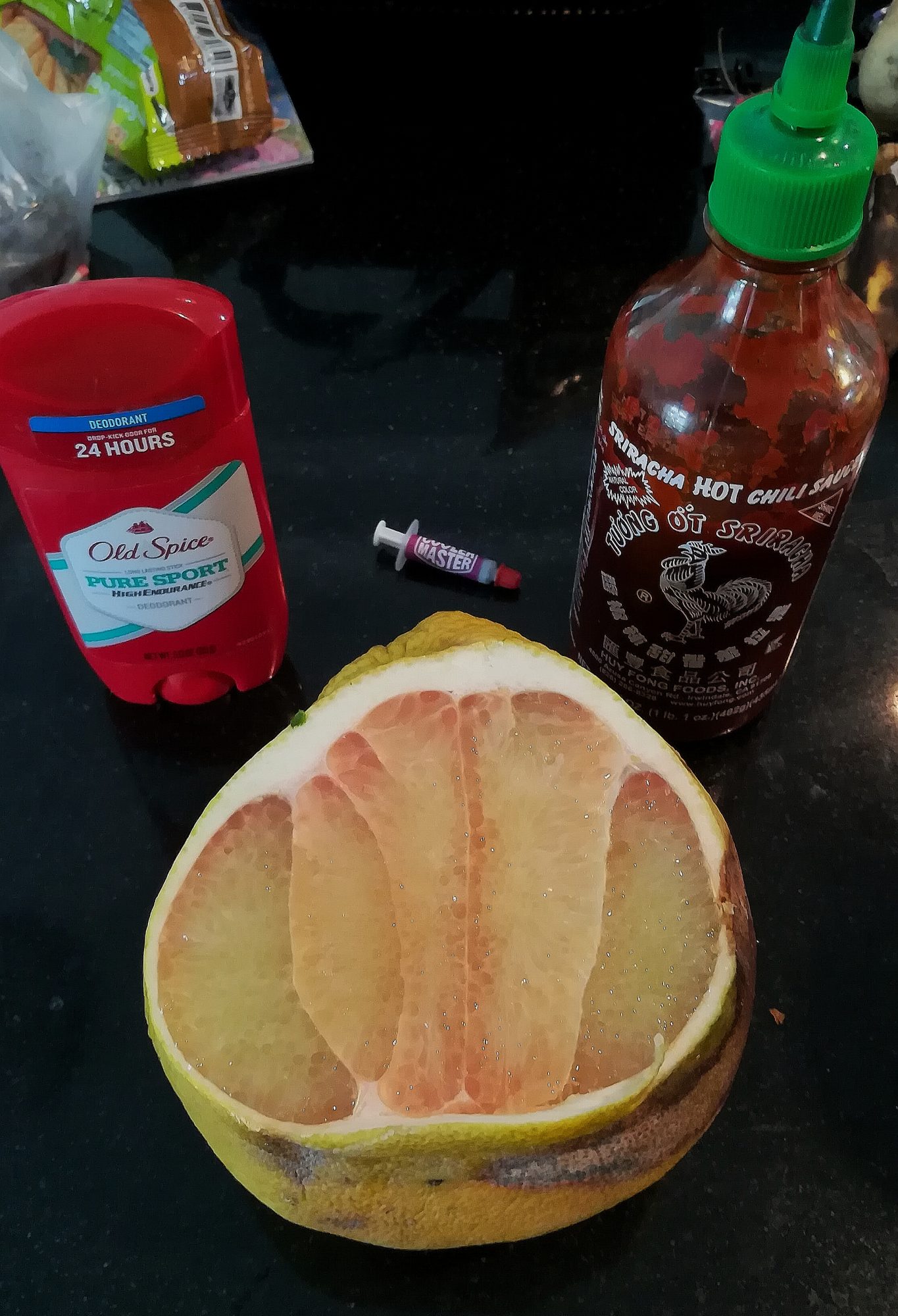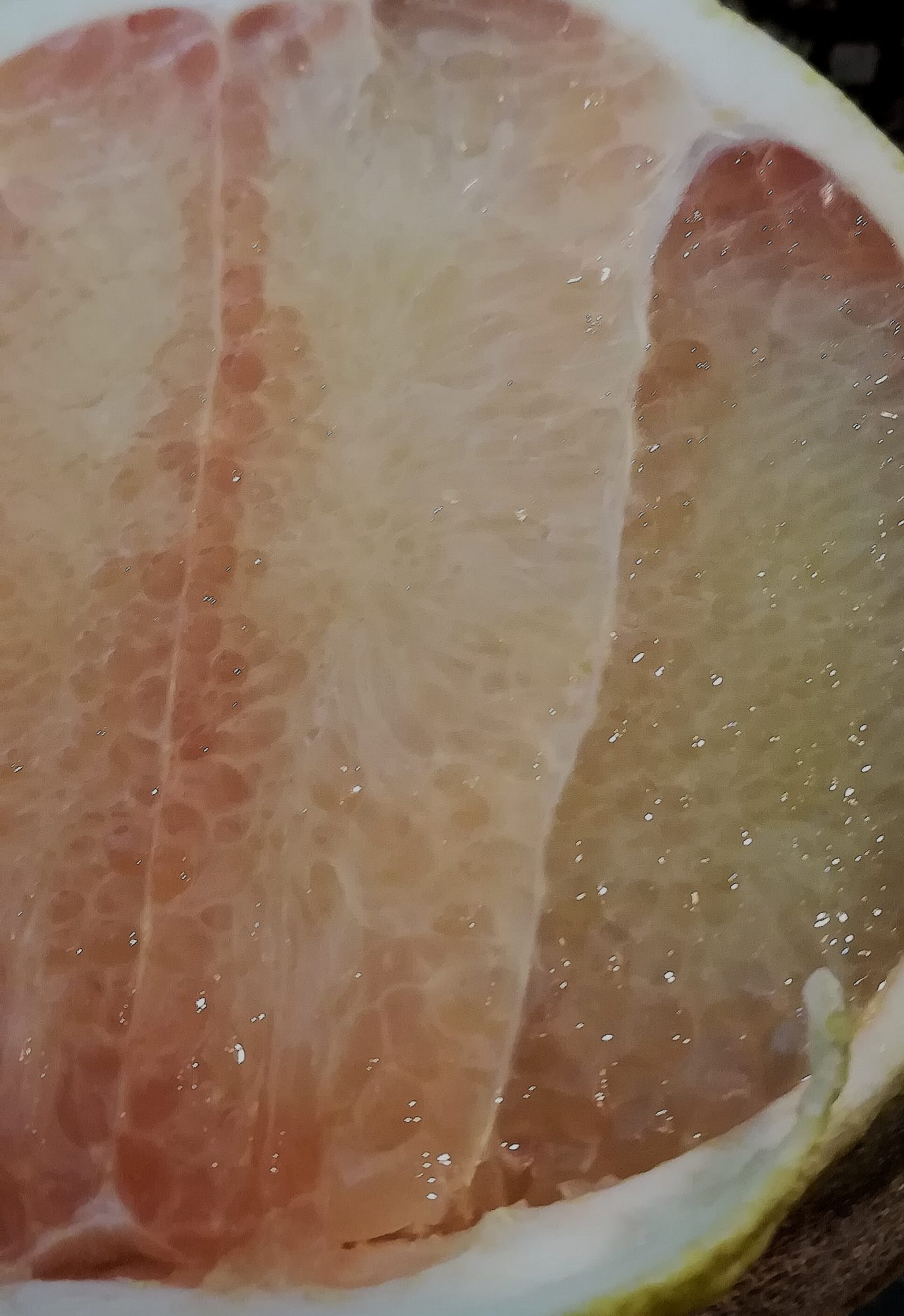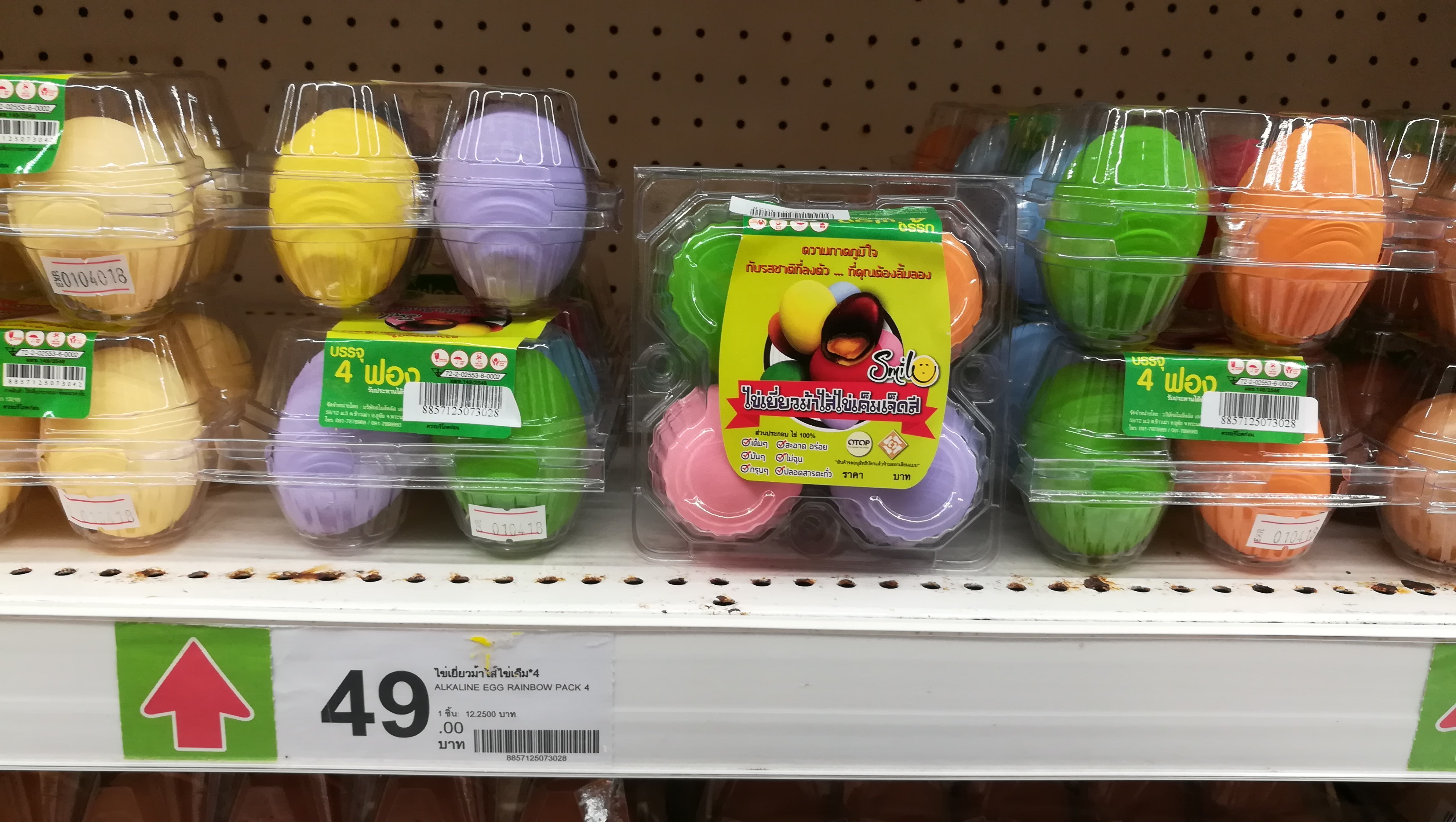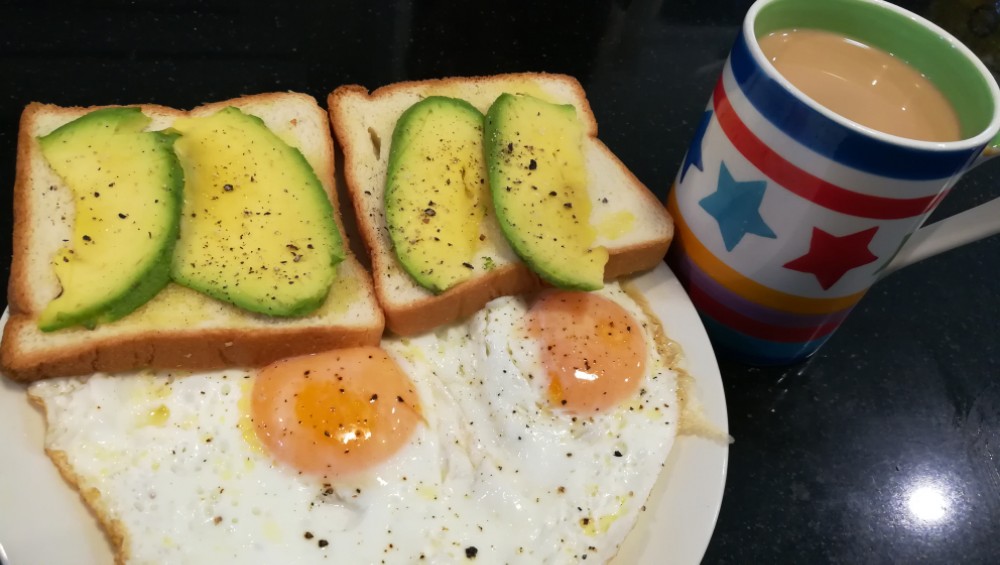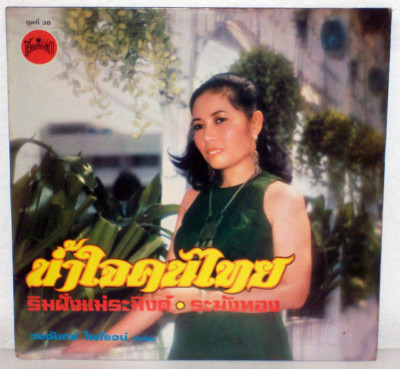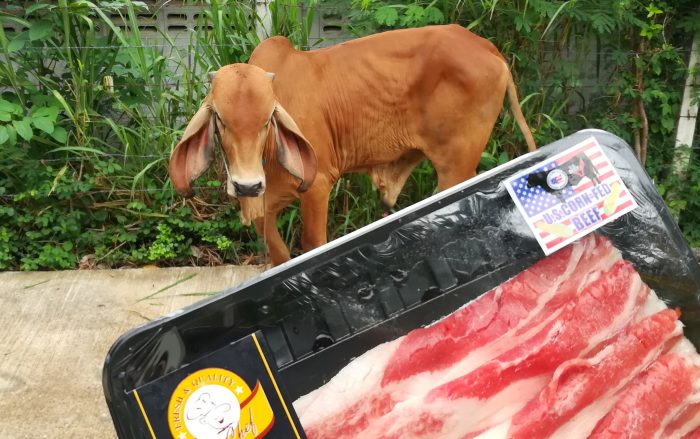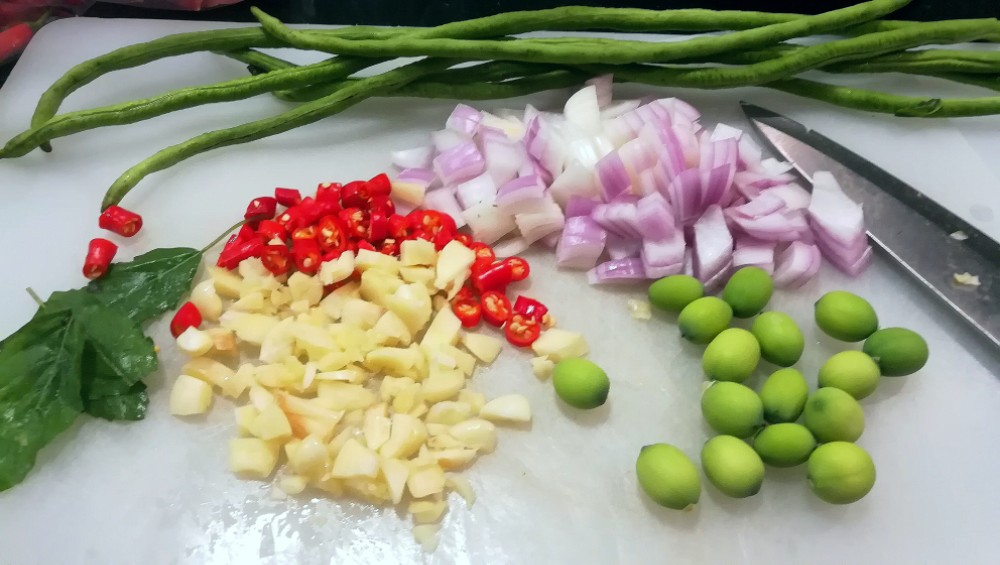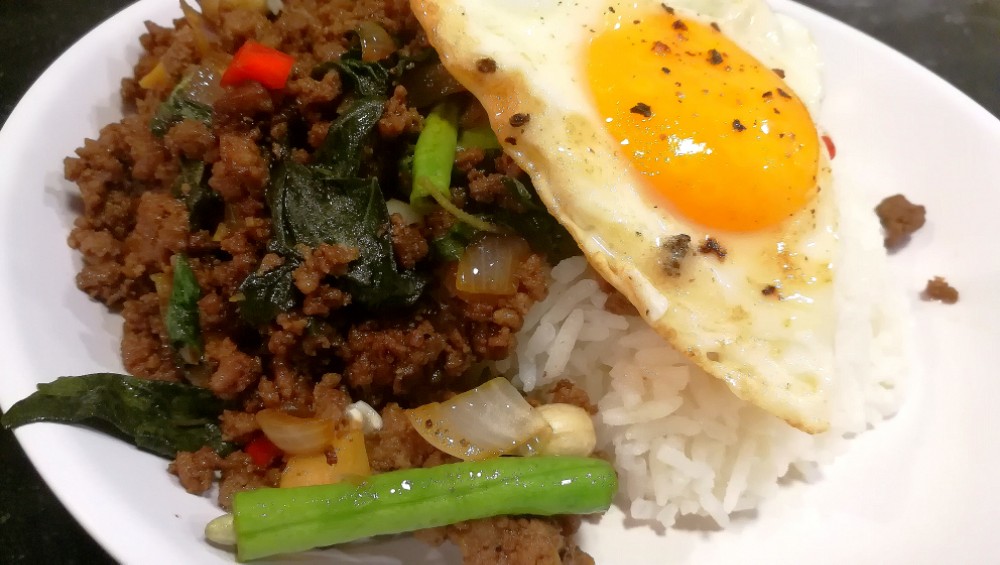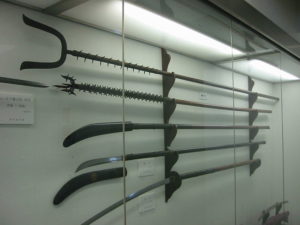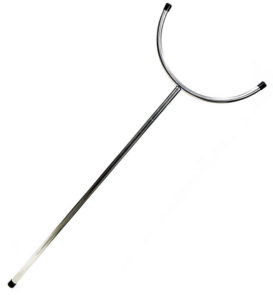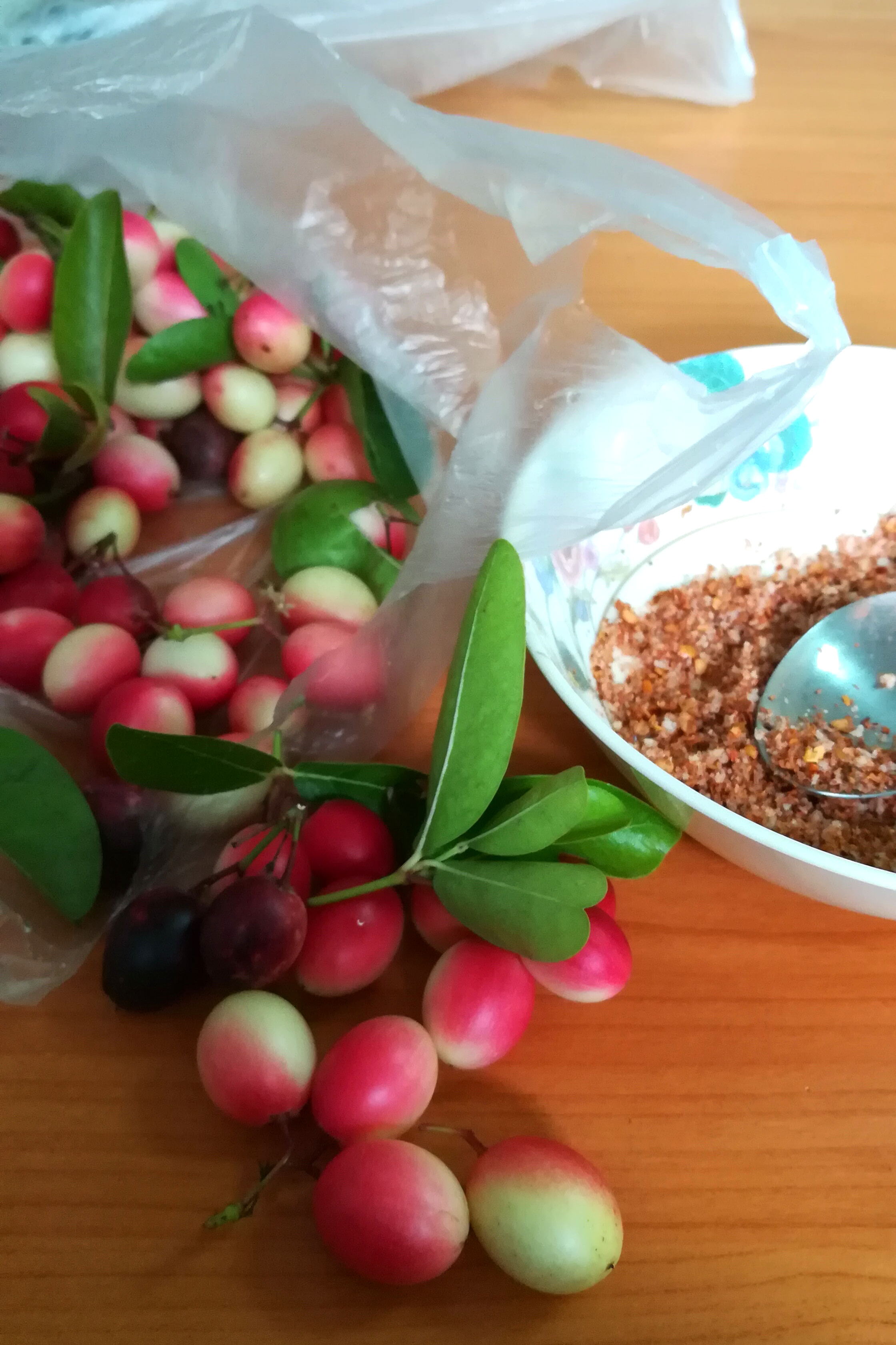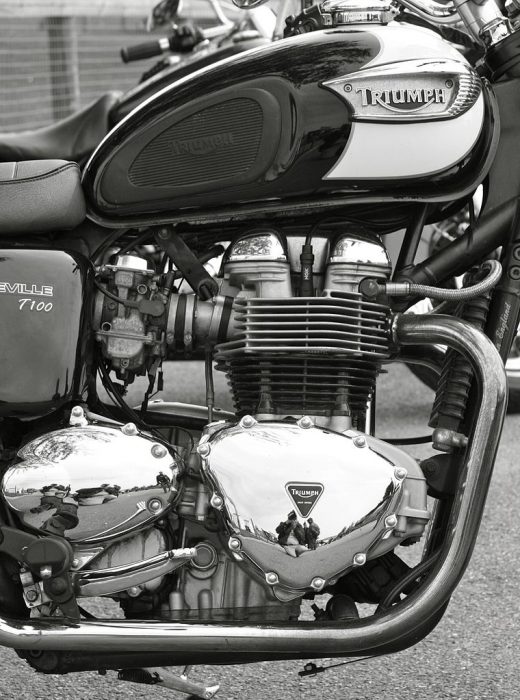
Triumph is alive and thriving in Thailand (300 units/week):
OK, but why did they ever go to Thailand in the first place?
“It was primarily for us to be able to do certain processes that we wouldn’t be able to do in the UK… So, every company has had to make a choice, in terms of where it’s going to source its components from globally. And some companies are comfortable with saying, “OK, I’m going to go and work with a supplier in China, or – I’m going to buy my complete engines (in some cases) from a different company”. That’s never been Triumph’s way of doing business. John Bloor has always taken a viewpoint that we want to be in control of the things that we believe are important, in order to get the quality of the product right, and to be in charge of the supply chain.
I’ve never been to a motorcycle factory here, but I’ve been to automotive component factories on industrial estates in Chonburi and the production lines managed by major Japanese companies are almost on the same level as ones in Japan.
Thai workers can be trained to do work every bit as well as their Japanese counterparts, this I have seen. I’ve spoken with factory managers, floor supervisors, and line leaders as well, and the consensus is that clear instructions and objectives are what determines good product build specifically here in Thailand. Whereas Japanese workers might take it upon themselves to point out problems or suggestions as part of their constant improvement process, a Thai worker is more likely to express pride in their work by doing exactly what they’re told.
Unsurprisingly, this probably mirrors the evolution of the Japanese line worker as well. Not all Japanese production lines or systems are created equal, and I’ve seen employees discouraged from adding any input during production meetings, and simply told to shut up when being vocal about bad parts or processes. The thing is, this used to be the norm… Now, it’s probably the mark of a company that isn’t going to make it. Every takeover I’ve ever seen (and I’ve seen a few) has involved a shakeup of production systems, because everyone wants to force their own culture on the new fish in the pond. The thing is, going through every one of those instances in my mind now, I’ve never seen the production line workers being told to communicate line problems less, only more.
The other thing is, I’ve often been told by Japanese supervisors sent overseas (overwhelmingly in Asia) that the local workers act like Japanese workers used to act decades ago – with no voice and just doing what they’re told (which inept supervisors liked and smart supervisors realized was not sustainable).

